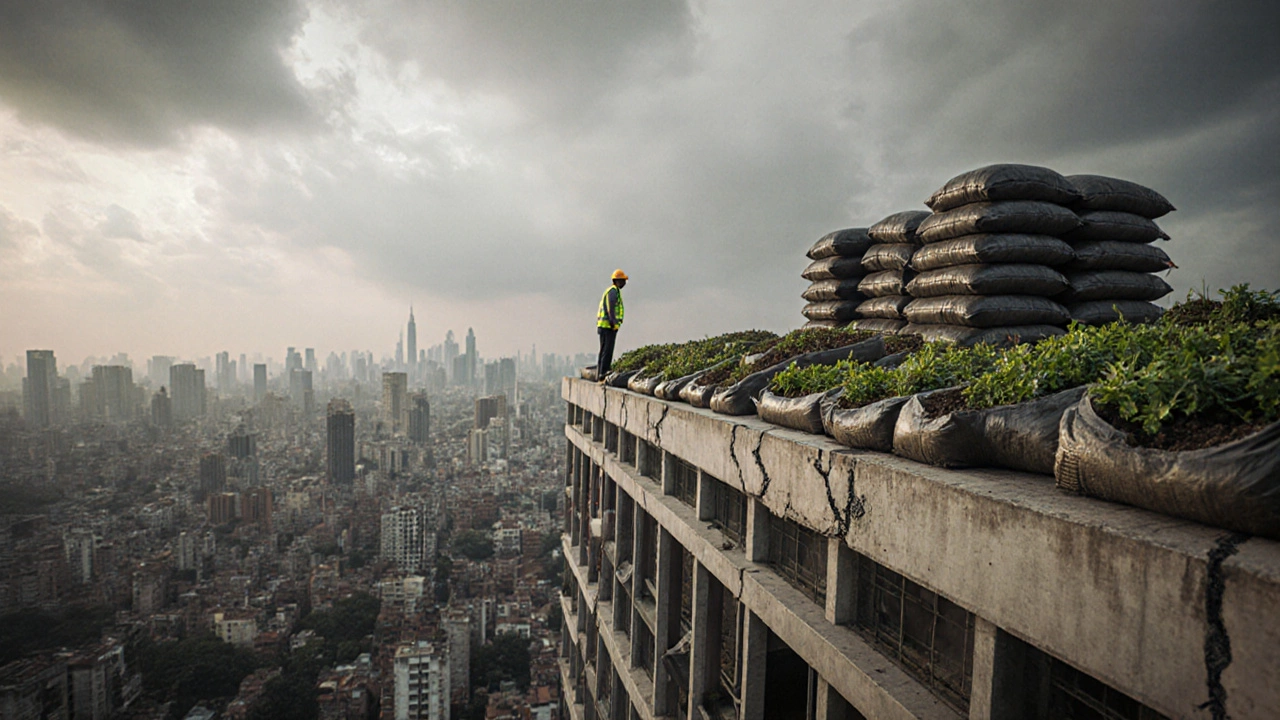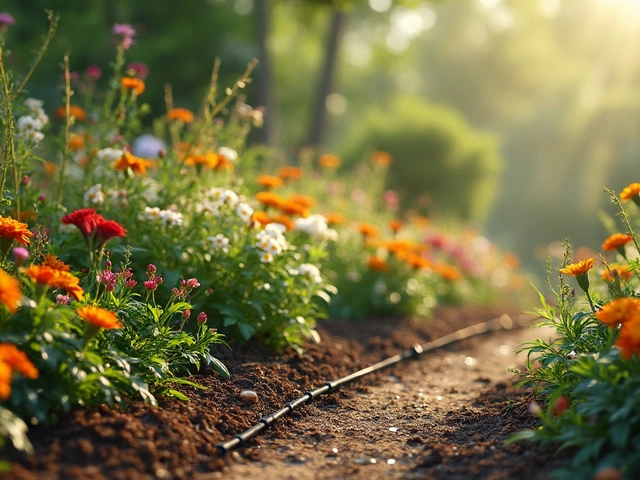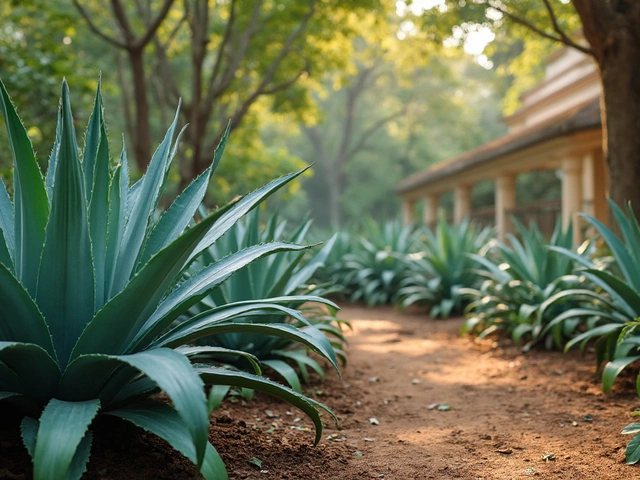Roof Garden Drawbacks – Real Issues You Should Consider
If you love the idea of a green space above your head, you’re not alone. Roof gardens look great, but they also bring a set of problems that many people overlook. Before you spend time and money, understand the hidden costs, structural limits, and upkeep hassles. This guide gives you the practical facts you need to decide whether a rooftop garden fits your budget and building.
Structural and Cost Concerns
First up, weight. Every roof has a load‑bearing capacity, and soil, plants, and water add up fast. A thin layer of potting mix can weigh 30‑40 kg per square meter, and saturated soil can double that. If the roof wasn’t designed for extra load, you risk cracks, leaks, or even collapse. Always get a structural engineer’s report before you start.
Next, waterproofing. A roof garden is a constant source of moisture, and even a tiny leak can damage ceilings, walls, and personal belongings below. High‑quality membranes, proper drainage layers, and regular inspections are non‑negotiable. Cutting corners on waterproofing saves money now but can lead to expensive repairs later.
Cost is another big factor. Quality containers, lightweight soil mixes, irrigation systems, and professional installation can push the price well beyond a standard balcony garden. Add the expense of ongoing maintenance, and the total can surprise you. Budget for a contingency fund to cover unexpected fixes.
Maintenance and Environmental Challenges
Rooftop gardens need more attention than ground‑level beds. Wind exposure is higher up, which can dry out soil quickly and blow away young seedlings. You’ll need windbreaks, heavier pots, or a sturdy trellis to keep plants stable.
Sun intensity is another issue. Roofs often lack shade, so plants can scorch or require more frequent watering. Installing shade netting or choosing heat‑tolerant species helps, but it adds another layer of planning.
Water management is tricky. Over‑watering can pool and seep into the building, while under‑watering stresses plants. A drip irrigation system with a rain sensor can balance the two, but it adds complexity and maintenance. Keep an eye on clogging and check filters regularly.
Pest control can be harder on a rooftop. Insects can travel up from nearby trees, and the limited space makes it tough to rotate crops or use natural predators effectively. You may need regular monitoring and organic treatments to keep pests in check.
Finally, access matters. Carrying heavy bags of soil, pots, and tools up a stairwell or elevator is a workout. If you live in a high‑rise with limited service elevators, regular garden chores can become a logistical nightmare.
All these challenges don’t mean roof gardens are impossible—they just require careful planning, realistic budgeting, and a willingness to commit to ongoing care. Weigh the benefits against the drawbacks, talk to a structural expert, and start small. A modest container garden can give you the green view you want without the heavyweight headaches.

The Hidden Drawbacks of Rooftop Farming
Explore the major drawbacks of rooftop farming, from structural load limits and water leakage to high costs, regulatory hurdles, and microclimate challenges, plus tips to mitigate the risks.
About
Sustainable Gardening
Latest Posts


Onions on Your Feet: Does This Old Trick Actually Work?
By Alden Thorne May 6, 2025

Longest Growing Vegetables for Your Balcony Garden
By Alden Thorne Feb 15, 2025

Drip Irrigation Under Mulch: Is It Worth It?
By Alden Thorne Apr 4, 2025
